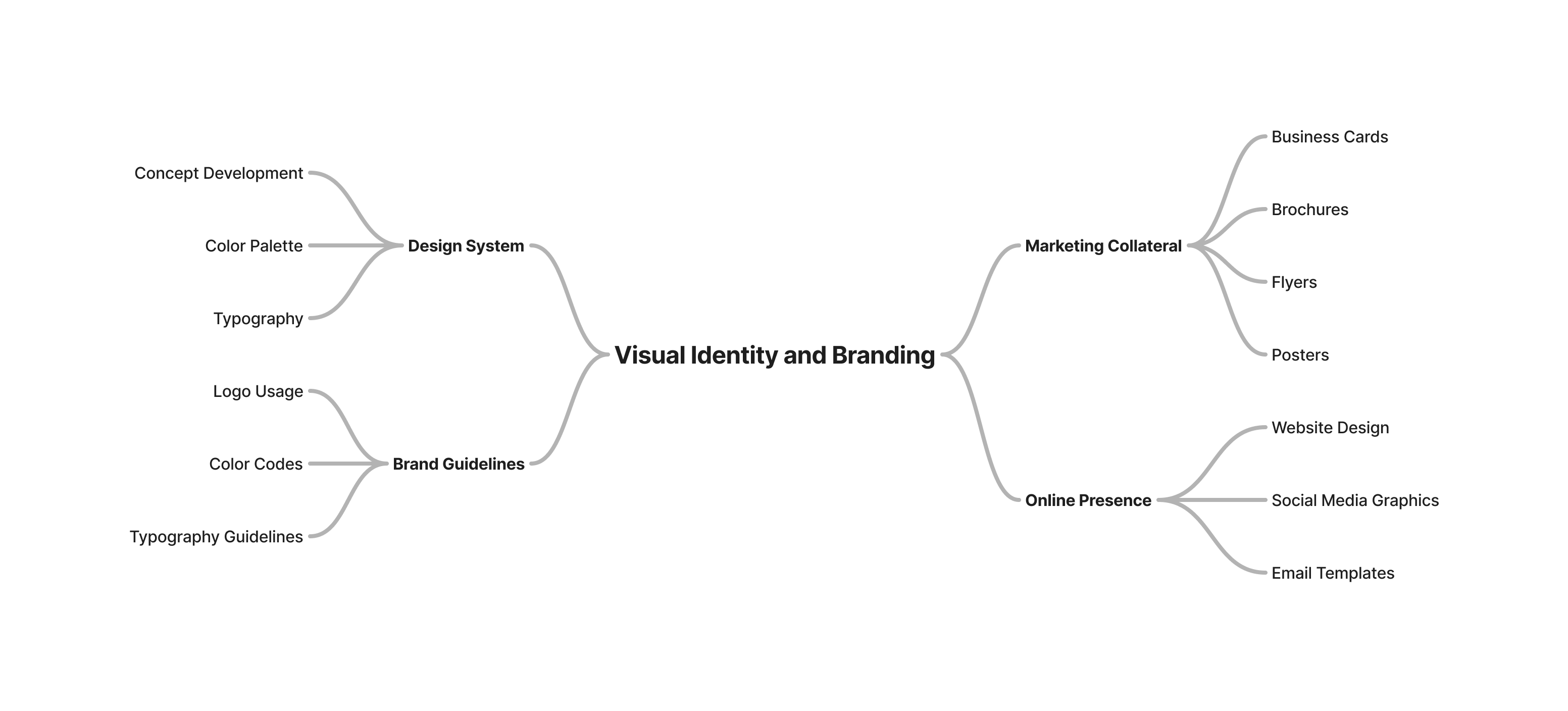In today’s digital era, brands face the challenge of maintaining a consistent and solid presence across multiple platforms and touchpoints. A key tool for achieving this consistency is the Design System. A Design System not only organizes and standardizes the components of a user interface (UI), but also plays a crucial role in manifesting a brand’s visual identity and branding.
What is a Design System?
A Design System is a set of guidelines, components, and visual patterns that enable design and development teams to work more efficiently and cohesively. By documenting these elements, a Design System ensures that every piece of a user interface remains consistent and true to the brand’s identity. This is especially important for large-scale projects or those where multiple teams collaborate within the same digital ecosystem.
Visual Identity as the Visual Foundation of a Design System
A brand’s visual identity is what we see and feel when interacting with its products. A Design System takes this visual identity and breaks it down into its essential elements: typography, color palette, iconography, buttons, forms, and more. These visual elements not only help maintain a unified aesthetic but are also fundamental in conveying the brand’s personality and values, seeking to differentiate the brand from its competitors and generate an emotional connection with the public.
For example, if a brand has a young and modern focus, the Design System will likely include dynamic typography and vibrant colors. Conversely, a brand that seeks to project trust and formality may lean towards more subdued color palettes and elegant fonts. Every visual decision is directly aligned with the principles of the brand’s visual identity.
Branding: The Soul of Consistency
If visual identity is what we see, branding is what we feel and experience when interacting with a brand. A Design System goes beyond organizing visual components; it is deeply tied to the user experience (UX). Branding helps define not only how a product looks, but how it feels and behaves.
A brand’s voice and tone, although not always explicitly visual, must also be aligned with the Design System. This can influence how messages are structured within the interface, from button labels to error notifications. An effective Design System translates branding values and tone into smooth and consistent interactions, reinforcing the brand’s promise at every touchpoint.
The Cohesion Between Visual Identity, Branding, and Design System
When a company designs its system, it ensures that its visual identity and branding are present and consistent across every aspect of the digital product. This cohesion is essential for building a strong brand that users recognize and trust.
When developing a Design System, design and development teams can ensure that:
- Every component, from buttons to forms, aligns with the brand’s official colors and typography.
- The brand’s narrative is reflected in the user experience. Whether the brand aims to project accessibility, luxury, or innovation, the Design System should provide the tools to communicate these values.
- Product iterations and updates remain faithful to the brand’s original identity, even as trends or technologies evolve.
Conclusion
A Design System is more than a component library; it is the tangible manifestation of a brand’s identity and branding in the digital space. By merging these two disciplines, design and development teams can build products that are not only visually consistent but also deeply aligned with the brand’s vision and values.
Investing in a solid Design System ensures that visual identity and branding remain consistent and recognizable across all platforms, enhancing the user experience and, in turn, strengthening the relationship between the brand and its audiences.
